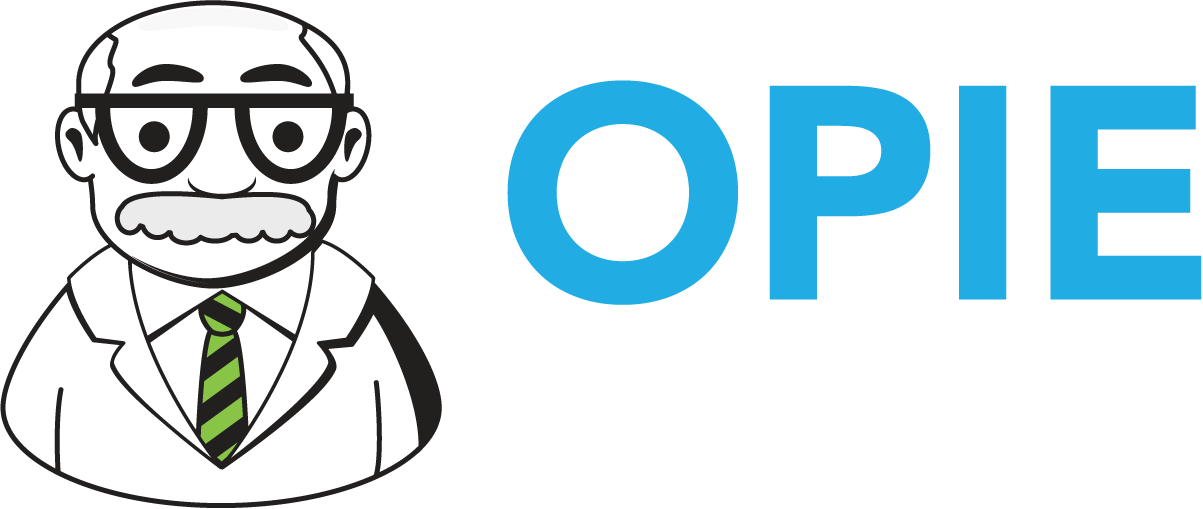No More Revolving Door
A revolving door isn’t just a metaphor in health care—it’s a line item. I recently read an article in Medical Economics citing their study showing that replacing a staffer who earns less than $50,000 a year drains about 20% of that salary in recruiting, onboarding and lost productivity. Interestingly, this is a metric I have heard in other businesses as well. And if you add in opportunity costs, it can be an even larger percentage.
For a busy O&P practice, that’s not just a hit to the budget—it’s a hit to patient care, team morale, and your sanity. The need to retain staff is great and the cost of the revolving door has some innovative medical practices leaning on formal mentoring. By pairing rookies with veterans, practices preserve institutional knowledge, accelerate learning curves and signal that every hire has a future worth investing in. Based on the findings of a study of real-world medical practices, this approach is the surest, lowest-cost way to stem turnover while reinforcing a culture of quality and respect.
The payoff shows up quickly: groups that stretch onboarding to at least three months; complete with scheduled check-ins, goal setting and shadow days; report noticeably higher first-year retention.
With dollars and culture on the line, the question isn’t whether to build a mentoring program—it’s how. The eight tips that follow can help any size practice launch a structure that sticks.
1. Define The Goals
Before you recruit mentors, define what success looks like. Are you aiming to cut onboarding time in half? Boost 12-month retention by 10%? A written objective keeps everyone focused and gives you a baseline for measuring progress when you evaluate the program later. (Can you say Mission, Vision, Values?)
2. Choose Mentors Who Live Your Culture
Seek volunteers who embody the practice’s values, communicate clearly and enjoy coaching. Seasoned medical assistants or administrators often make the best guides because they remember the learning curve and can translate clinical speak into everyday language.
3. Pair with Purpose, Not Convenience
Resist the temptation to assign mentors simply by role or seniority.
Think about personalities, communication styles, and learning preferences. An introverted new hire may thrive under a calm, methodical mentor, while a high-energy extrovert might connect best with someone equally dynamic.
4. Launch with a Roadmap and Calendar
Your mentorship program should have structure from day one.
Kick off each pairing with a brief orientation: How often will you meet? What benchmarks will you hit? How will you handle confidentiality? Then lock in a consistent check-in rhythm—weekly for the first month, every two weeks in months two and three, and monthly after that. Consistency sends the message that mentoring is part of the job, not an optional extra.
5. Coach your Coaches
Even your best people benefit from a little structure.
Provide mentors with a “cheat sheet” of guiding principles—ask before telling, use positive reinforcement, and help mentees set career goals. A mentor’s job isn’t just to explain tasks; it’s to grow skills, confidence, and professional identity.
6. Protect Meeting Time
Block mentor meetings on the schedule the same way you protect patient slots. When last-minute coverage crises arise, reschedule immediately rather than skipping; canceled sessions erode trust and momentum.
7. Recognize mentors publicly
A shout-out during staff huddles or a $25 coffee card each quarter reminds mentors that their extra effort matters. Recognition is more powerful than money alone when it comes to retention.
8. Track, Ask, Adjust
After three to six months, Survey mentees about their confidence, engagement, and how quickly they feel competent in their role. Compare these numbers to pre-program benchmarks. Use the information to tweak mentor-mentee matches, check-in frequency, or training resources.
The best practices integrate professional development into annual reviews, so employees see a clear, upward career path—not a dead end.
Mentorship in Action: Culture, Communication, and “The Why”
As you embark on this journey, remember that mentorship is a dialogue, not a lecture. Catherine Hambley, PhD, recommends the SBI-I model—situation, behavior, impact and inquiry—to transform corrective conversations into learning moments. Clinicians can reinforce that approach by setting aside brief “office hours,” in person where novices ask coding or triage questions in real time. Every difficult conversation should open with the mentor’s intent—“My goal is to help you succeed”—and close with the learner’s own action plan, reinforcing accountability and psychological safety.
Also keep in mind that new employees absorb what they observe. Punctuality, calm decision-making and respectful communication teach more than any policy manual. Lead daily huddles on time to show that every schedule matters, narrate clinical decisions so observers learn both the medicine and the etiquette, and publicly recognize staffers who exemplify desired behaviors. Small, consistent acts of professionalism create a living curriculum.
Finally, remember to share “The Why.” Task-based training breeds disengagement, while context fuels commitment. Explaining the purpose behind protocols boosts morale and reduces costly errors. Walk an assistant through how accurate data facilitates demonstrable changes in condition, either positive or negative, or show a biller how clean claims stabilize cash flow. Rotate roles for a day—let front-desk staff shadow the billing office, for example—to illuminate the entire care continuum. Visual storyboards mapping each step of the patient journey reinforce how every position contributes to outcomes and revenue.

